CATL boosts battery cell factory in Germany to 100GWh
The Chinese battery cell manufacturer CATL has updated the plans for its German battery factory in Erfurt, giving it a boost. The reason for this is the coming of stricter CO2 requirements in Europe. CATL considers a capacity of up to 100 GWh in Thuringia to be realistic. Our colleagues from electrive.net talked to Matthias Zentgraf, head of CATL’s European unit.
When the plans for Erfurt were first reported during the summer, there was talk of a capacity of 14 GWh per year in the first stage. Production is scheduled to start as early as 2021. CATL planned to invest around 240 million euros in the site by 2022, at least these were the original plans. Now, however, it is becoming apparent that the battery cell factory in the Erfurter Kreuz industrial area could become considerably larger than initially thought.
At the Battery Forum Germany, CATL European unit head Matthias Zentgraf showed a slide in his presentation which indicated an annual production capacity of 60 gigawatt hours (GWh) from 2026. We then sought an interview with Matthias Zentgraf. It quickly became apparent that even the 60 GWh capacity could be exceeded. “We thought in the middle of last year that the large orders had been awarded. But that was not the case. It goes further upwards,” said Zentgraf. “The inquiries of the automobile manufacturers are here! With realistic planning, we assume a demand of 100 GWh in the year 2025 – and that’s planning with a low level.” Well, that is a prospect.
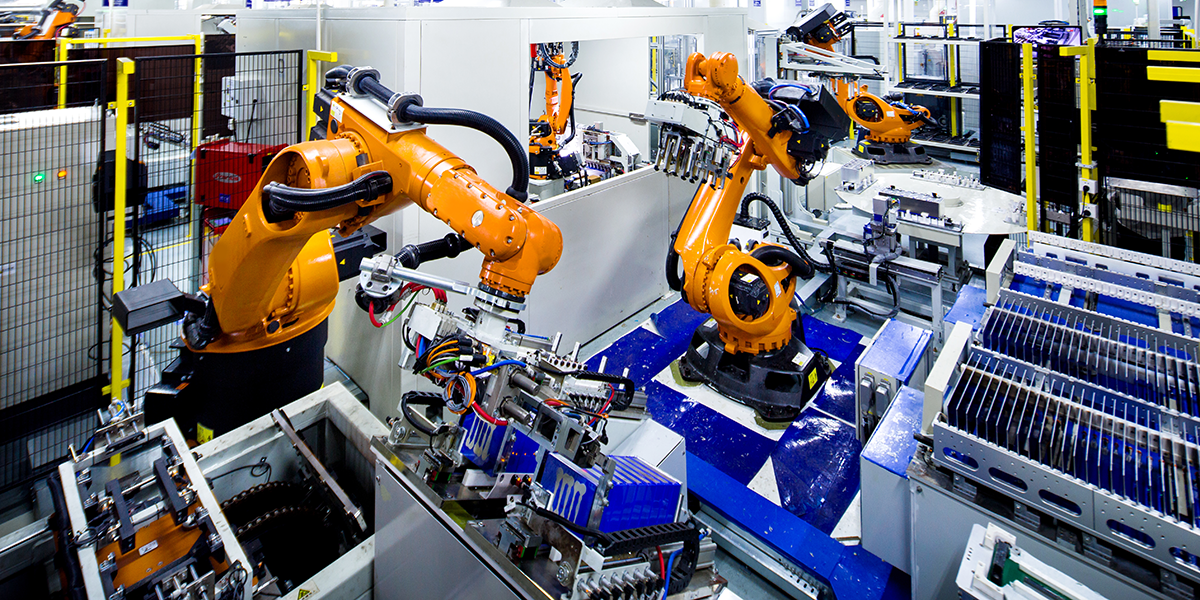
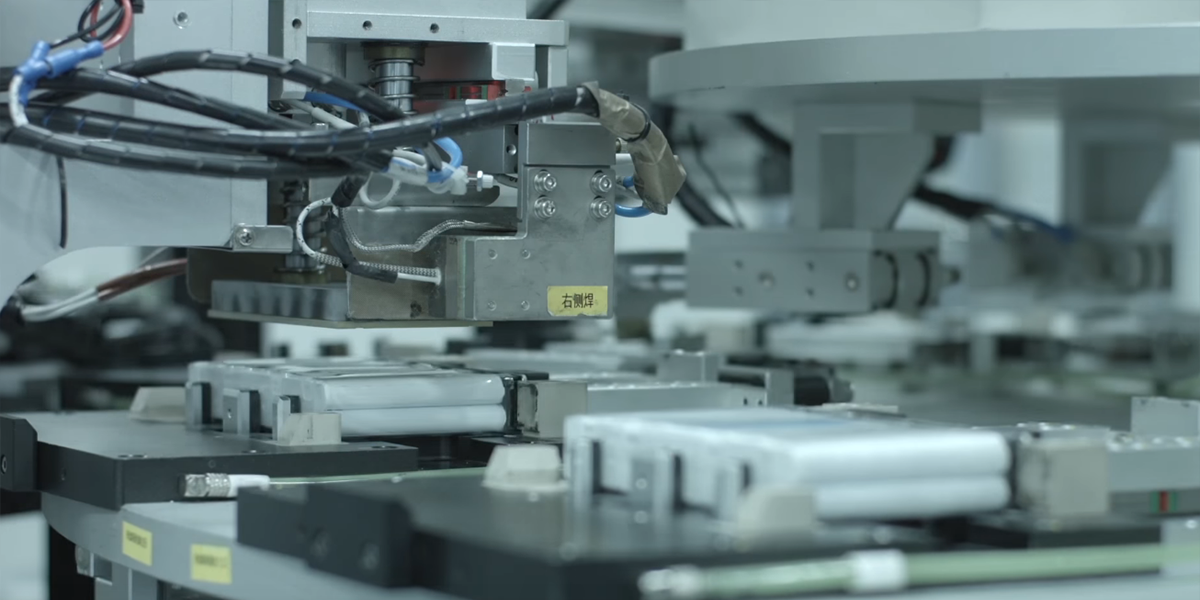
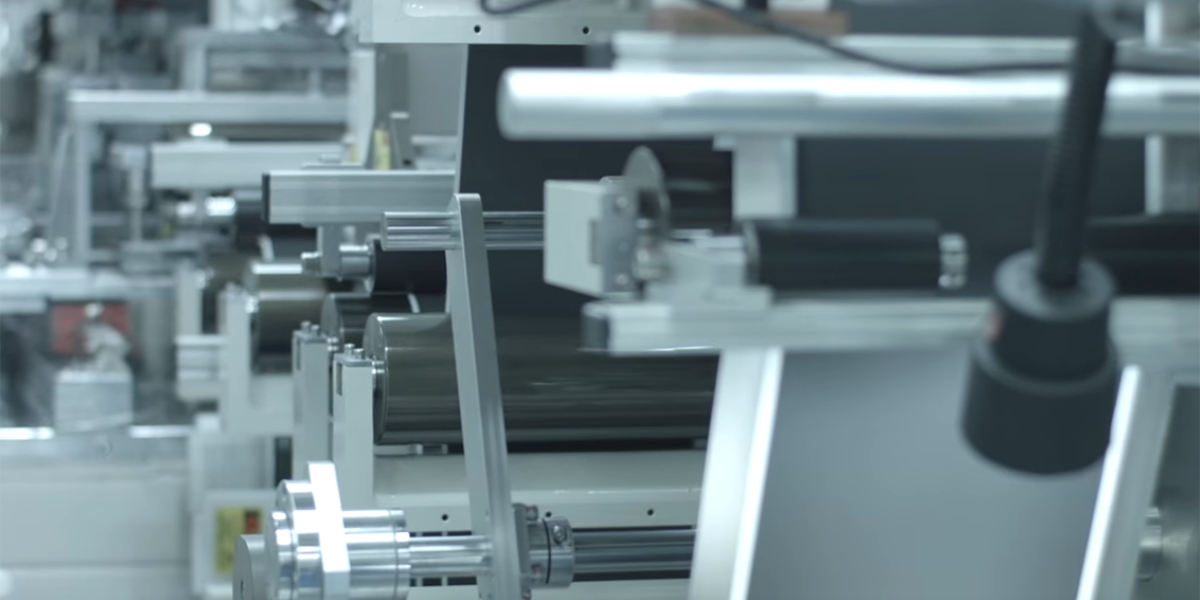
While most European suppliers are still hesitating, the cell manufacturer CATL is quickly springing into action in Germany. Battery production in Erfurt could quickly exceed the size of Tesla’s Gigafactory in Nevada, given that Tesla CEO Elon Musk is also aiming for a long-term capacity of around 100 GWh with his battery factory.
It is therefore only beneficial to the industry that CATL has secured a sufficiently large area in Thuringia. This involves two areas of 35 hectares each plus a further 17 hectares for a supplier park in which the necessary preliminary products are to be produced. “Our initial planning is currently being revised,” Matthias Zentgraf said. There are further indications that CATL is now installing more production lines in its halls. Originally, two production halls were planned for the first 35-hectare field. “Perhaps the halls will now be larger,” says Zentgraf. For the manager, whose career led to CATL via Continental and Samsung SDI, the reasons are obvious: “The environment has changed considerably, the new CO2 targets lead to a faster eMobility ramp-up.”
Incidentally, Zentgraf has no doubt that “the automotive industry and we will get these electric cars on the road on schedule and in high quality”. The biggest uncertainty factor in the market ramp-up are the customers: “After all, they have to buy these cars, too”. It is obvious that manufacturers will endeavour to provide good offers for customers. In view of the EU decision to reduce the CO2 emissions of new passenger cars by 37.5 percent by 2030 compared to 2021, Volkswagen alone expects to have to sell around 600,000 more electric cars annually by 2030 than originally calculated.
Erfurt to supply customers throughout Europe
Among the customers CATL intends to supply from Erfurt are BMW, Daimler, the French PSA group, as well as Volvo and Jaguar Land Rover, to name a few. And what about Volkswagen? We asked Matthias Zentgraf whether trains with his battery cells would also roll into the VW group before 2030. The answer: “That can’t be ruled out”. The fact is: CATL also wants to win the Wolfsburg-based company as a customer in Europe, the possible establishment of its own VW cell production with SK Innovation is a thorn in Zentgraf’s side. After all, VW is also cooperating with CATL in China.
For Thuringia, a golden age of batteries could dawn independently of this. “Erfurt was ideal because of its proximity to customers,” says the CATL European head, explaining the decision in favour of the Central German state. Hungary, Poland and Slovenia were also in the running as locations, but for Matthias Zentgraf, it would not have made sense from a CO2 point of view to transport raw materials such as cobalt from the North Sea ports to Eastern Europe in order to then transport finished battery cells back to the car manufacturers in Germany. In addition, hardly any renewable energies are available in Eastern Europe and the qualification and loyalty of future employees in Erfurt are rated better.
Battery transport by rail
CATL wants to keep a firm eye on the CO2 footprint, as was repeatedly made clear in the interview. This is why the production materials will also be transported to Erfurt by rail before the finished cells will be delivered to the carmakers in the same way. A new rail connection to the Erfurt plant is even to be built specifically for this purpose, possibly with a small container terminal. It is a good thing that CATL has reserved other areas. The logistics challenge is great: 93 containers would leave the 100 GWh factory once a day. “It is our vision to deliver them to the manufacturers’ production facilities at precisely the right time by rail – and not by truck.
electrive.net (in German)
>> Reporting by Peter Schwierz.

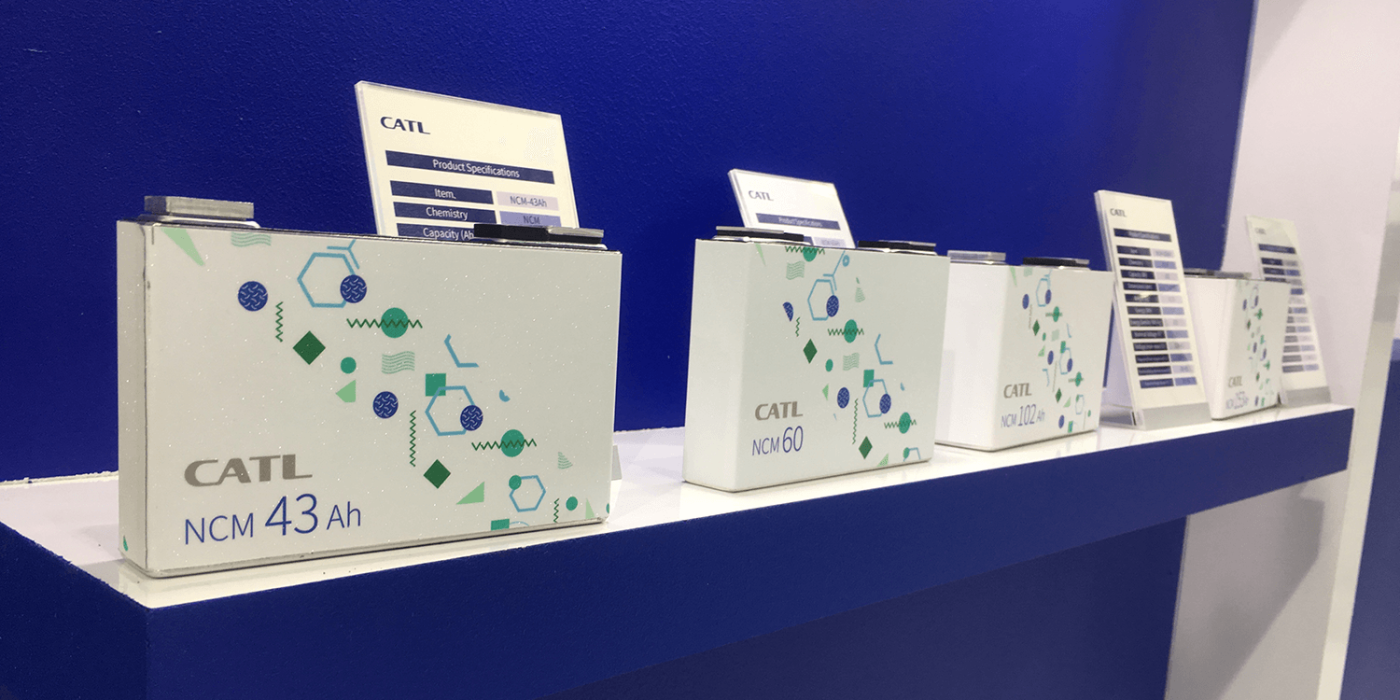
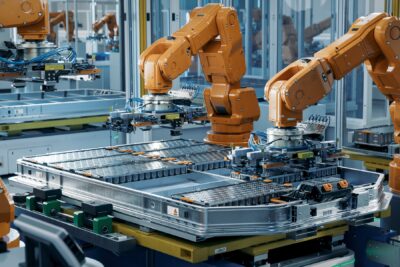
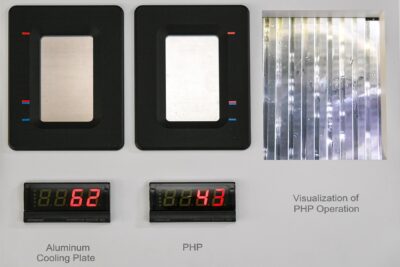
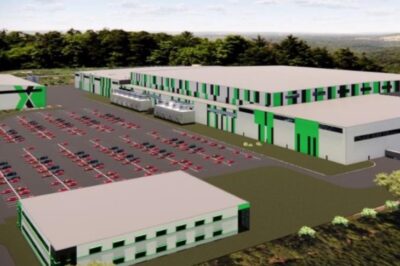
0 Comments